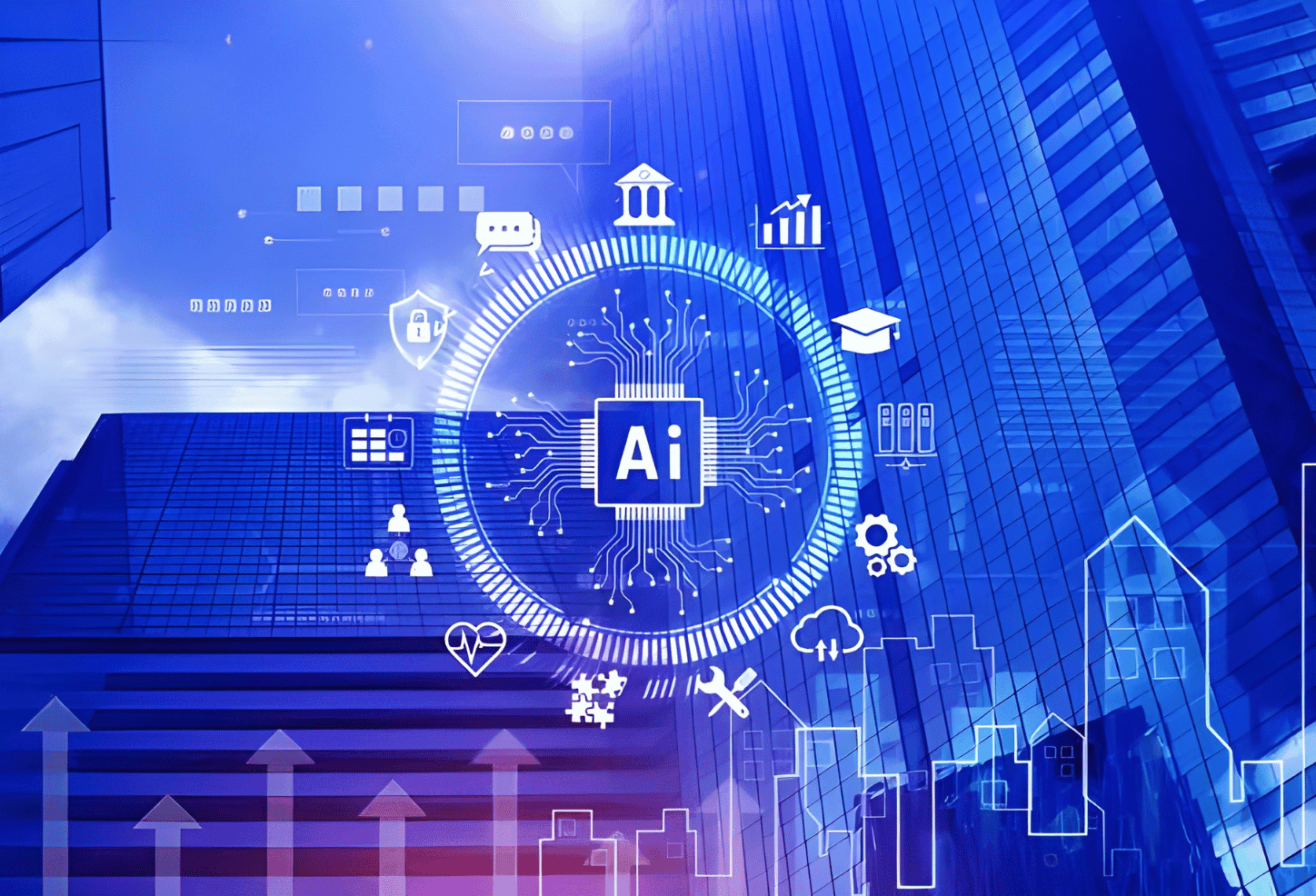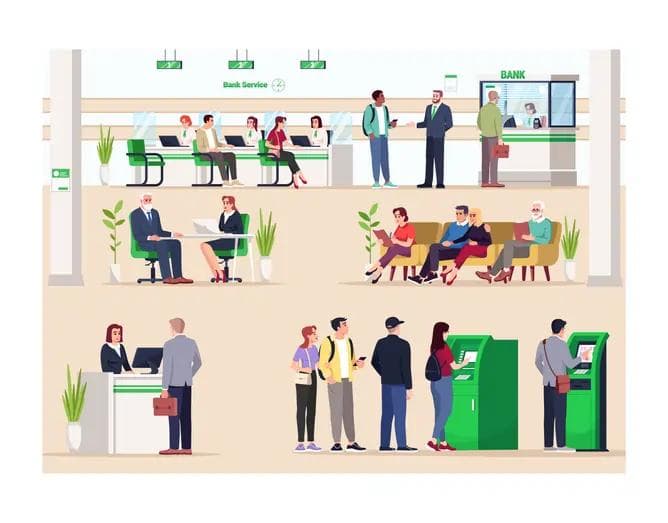DIGITAL BANKING – USHERING IN A NEW ERA
DIGITAL BANKING – USHERING IN A NEW ERA
Published by Gbaf News
Posted on August 14, 2015

Published by Gbaf News
Posted on August 14, 2015

By Senthil Radhakrishnan, Vice President and Head of Capital Market Solutions Group, Virtusa
Digital banking has gone from being a buzzword to an everyday catchphrase in financial circles. Digital banking today means different things to different people; encompassing everything from new ways to transact, peer-2-peer channels, mobile and online banking, and the ability to send money around the world at the click of a button. Digital banking done right has the power to attract and retain customers, and furthermore gives banks the opportunity to gather an incredible wealth of data.
Data, data everywhere
Banking operations have always been a great source of customer data, but until now banks have been unable to capitalise on this information goldmine. Data is the ‘new mantra’, a concept which has come into the limelight primarily because of the success of innovative companies such as Google, Amazon and Facebook – all of which have been at the forefront of driving meaning and value from data. While the realisation that failing to use customer data effectively will harm their business has come late to banks, it has now dawned, and we are seeing more banks adopt the data mantra.
Rapid advancements in business intelligence and big data technologies (such as Hadoop, Splunk and Complex Event Processing (CEP)) are providing opportunities for developing targeted, real-time offerings to customers, and in the process are creating more ‘stickiness’. The key caveat here is that mining client data is only effective if it can be correlated with other environment data, which can be structured or unstructured (e.g. a news article or Facebook posting). Examples of the correlation between a bank’s customer data and environment would include news of sporting events correlated with prior interest in a said sport (e.g. frequently purchasing tickets), which can trigger offers on match tickets or merchandise. The adoption and use of such analytics will help banks to expand their revenue sources into new areas like retail sales and advertising at a relatively small incremental cost.
Customers demand change in their banking relationships

Senthil Radhakrishnan
It was not long ago that a customer’s experience with a bank was all about smiling personnel at bank branches or staff members resolving customer queries on call-center phone lines. This has changed dramatically. As customers have become more savvy and demanding, their expectations of their bank have transformed from plain ‘vanilla’ services to demanding self-service tools to manage their money, for example. Customers also want a consistent user experience across devices and an avenue to engage with their bank on social channels such as Facebook and Twitter, or even though facilities like video.
Historically, personalised financial advice to customers was reserved exclusively for High Net-Worth Individuals (HNWI) and was handled by a relationship banker. Now, with progress in data intelligence and relatively inexpensive technology, it is far easier for banks to provide all customers with personalised insights and forecasts. It is also possible to make smart recommendations on how clients can invest their funds – and all of this with minimal human involvement. Technology has levelled the field when it comes to providing service. At no extra cost, any customer of a bank has the opportunity to experience enhanced service.
Its Peter vs Goliath in the banking world
In the digital era, with automation and mobile banking channels, there is potential to reduce the cost of banking operations and cut back on branches and staff members. These savings give banks leeway to lower the fees and overall cost structure. Today, startup e-banking outfits with only an online presence are offering no-fee banking accounts and services; high-street banks will need to learn from this low-cost model of servicing customers or lose out to online competition. For example, new mechanisms like peer-2-peer banking and digital currencies such as Bitcoin are revolutionising how customers send and use money.
Bitcoin: A bit on the most innovative change in recent banking history
An easy and quick mechanism to exchange money between two individuals or companies digitally isn’t yet prevalent. PayPal started this with email and mPesa with cellphones but somehow we don’t have a common universal solution. Bitcoin and Blockchain are mechanisms that could make this happen, across countries and currencies. Bitcoin is essentially a method to give money to somebody digitally, similar to how we pay in cash for products and services in the traditional world. As simple as it sounds it solves a complex problem of restricting duplicate spending of digital currency and also avoids the need for a central authority introducing a universal ledger to track transactions. Blockchain is the technology paradigm based on which Bitcoin works. Blockchain has the potential to lead us to many more innovative banking solutions in the future – Bitcoin is just the start.
The kind of payments services that started back in the early 2000’s with PayPal are only going to grow and innovate even further – legacy banking institutions must learn to compete with the new kids on the block. Given the rapid pace of change in technology and lifestyles, and the subsequent impact on banking – prudent banks must be able to adapt to changes and must be ready to expect the unexpected.
Explore more articles in the Banking category











